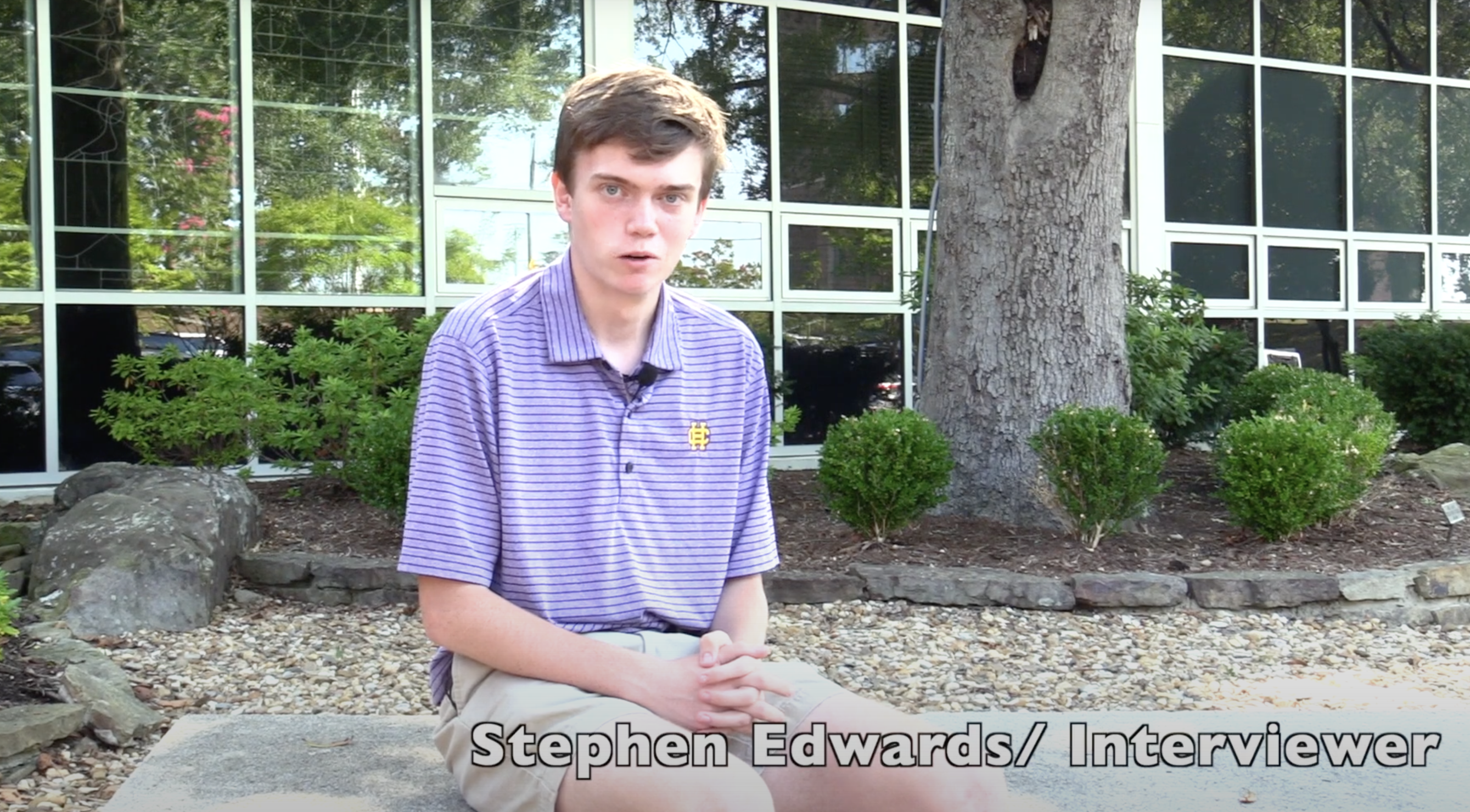Above: The famous Claypool Reservoir picture taken in 1956. This picture is one of the most famous pictures in the duck hunting world and it was taken a couple miles south of Jonesboro, Arkansas.
Student shares his opinion on duck numbers in Arkansas
Shotgun blasts on a cold winter morning with Dad, duck hunting is an experience many boys in the school have had, but it may soon become a thing of the past.
Junior and avid hunter Collier Watkins said, “duck hunting to me is something that has been around a long time; there is a lot of tradition behind it. The green timber here in Arkansas is unique, and there is really nothing like it anywhere else in the world”. Duck hunting is something that was passed on to Watkins, and a way of life he plans on passing on to his children.
It is no secret that the duck population in Arkansas has decreased over the past few years. Ducks.org reported in 2018 that there was a drop of 13 percent of ducks breeding from 2017.
There are many possible causes of this problem such as the ever present topic of climate change. On ABC news January 14, 2020, both the National Aeronautics and Space Administration (NASA) and the National Oceanic and Atmospheric Administration (NOAA) reported that the 2010’s had been the warmest decade on record. Ducks.org also said, “Despite an increase in heavy precipitation events, the climate of the Great Lakes region is projected to grow warmer and likely drier during this century. Declines in breeding black ducks and migrating scaup and canvasbacks would continue to be issues as climate change further impacts the region.”
Above: Last year, the school started a chapter of Ducks Unlimited Varsity. Video by Caleb Shaw
Watkins provided other reasons for the decline of ducks. He said, “Ducks have declined because of farming efficiency.” He explained that because of the development of more efficient farming equipment there is less food left over in the fields for the ducks to eat after harvest.
“Another reason is the 60-day season, which has been in effect for awhile now.” said Watkins, “which I think has also made the numbers decline.” Watkins thinks that going back to just a 30-day season would do alot to help numbers rise.
For many decades in the state of Arkansas, people have hunted ducks as a big part of their food source. Watkins said, “Depending on ducks is a great food source, it is easy, and it is healthy.”
However in the past few decades, duck hunting has become a trend, and more and more people have been hunting ducks, which could lead to endangerment for some species if hunters are not careful.
“Watkins’ vision of duck season 10 years from now is the re-implementation of a 30-day season, or perhaps the idea of the points system. He explained that certain types of ducks would be worth a certain number of points. He said, “Say you have 100 points, you could kill however many of whatever types of ducks you wanted as long as you stopped at 100 points.
Of all the ideas for the reasons of declining numbers, Watkins agrees with the idea of climate change the least. He said, “They say the Arkansas River flooded so bad this year because of global warming, but it rose even higher in 1927. It has definitely been warmer, but the climate changes and shifts over time. It might be a little warmer, but the ducks will still do their thing.
“Even though the breeding grounds are slightly warmer, the ducks will still go there,” said Watkins, “The average temperature change is not enough to make the ducks feel pressured; however, they are just staying in different spots at different times of the year. The facts that the temperature affects the ducks do not lie, but there are definitely other ways that we can help bring their numbers back up.”
“The dip in the population for prairie breeding puddle ducks is not unexpected and by no means unprecedented given that conditions on the prairie were drier than last year”, said Ducks Unlimited Chief Scientist Tom Mooprman, “This year’s breeding population decline is a reminder of the need to sustain the capacity of breeding habitats….We must continue to guard against the long-term loss of prairie breeding habitat.”










